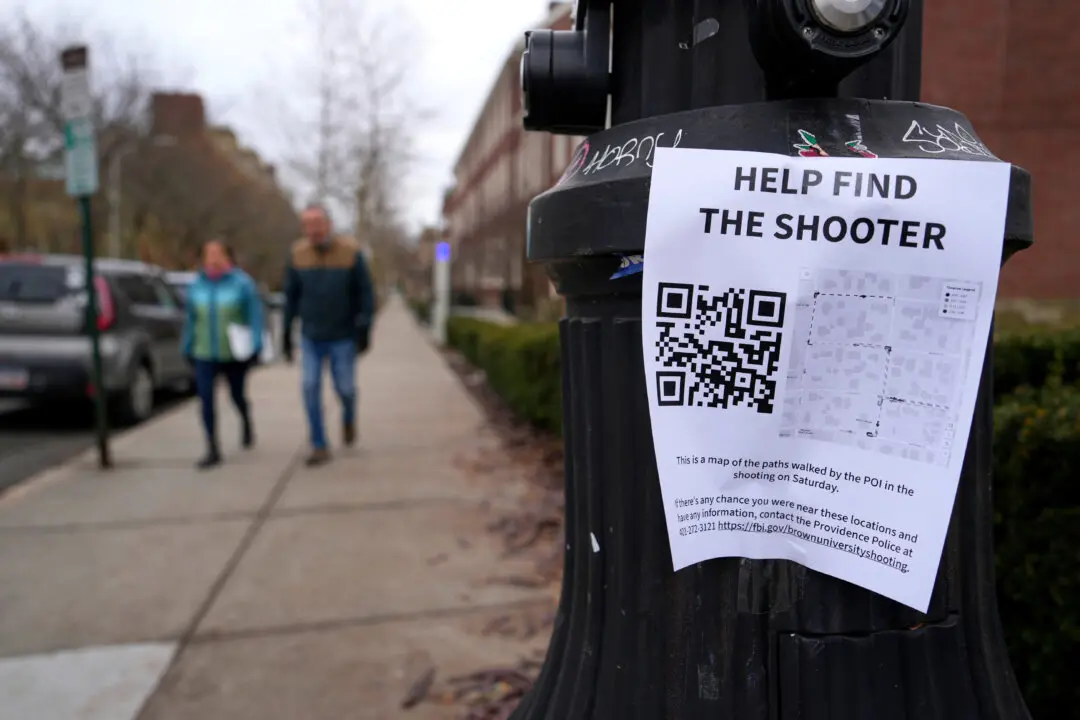TOKYO—Visions of cars that drive themselves without emitting a bit of pollution while entertaining passengers with online movies and social media are what’s taking center stage at the Tokyo Motor Show.
Japan, home to the world’s top-selling automaker, has a younger generation disinterested in owning or driving cars. The show is about wooing them back. It’s also about pushing an ambitious government-backed plan that paints Japan as a leader in automated driving technology.
Reporters got a preview look at the exhibition Wednesday, ahead of its opening to the public Oct. 30.
Nissan Motor Co. showed a concept vehicle loaded with laser scanners, a 360 degree camera setup, a radar and computer chips so the car can “think” to deliver autonomous driving. The Japanese automaker called it IDS, which stands for “intelligent driving system.”
Nissan, based in Yokohama, Japan, said it will offer some autonomous driving features by the end of next year in Japan. By 2018, it said vehicles with the technology will be able to conduct lane changes on highways. By 2020, such vehicles will be able to make their way through intersections on regular urban roads.
Nissan officials said they were working hard to make the car smart enough to recognize the difference between a red traffic light and a tail light, learn how to turn on intersections where white lane indicators might be missing and anticipate from body language when a pedestrian might cross a street.
Nissan’s IDS vehicle is also electric, with a new battery that’s more powerful than the one currently in the automaker’s Leaf electric vehicle. Although production and sales plans were still undecided, it can travel a longer distance on a single charge and recharge more quickly.
A major challenge for cars that drive themselves is winning social acceptance. They would have to share the roads with normal cars with drivers as well as with pedestrians, animals and unexpected objects.
That’s why some automakers at the show are packing the technology into what looks more like a golf cart or scooter than a car, such as Honda Motor Co.’s cubicle-like Wander Stand and Wander Walker scooter.
Instead of trying to venture on freeways and other public roads, these are designed for controlled environments, restricted to shuttling people to pre-determined destinations.





